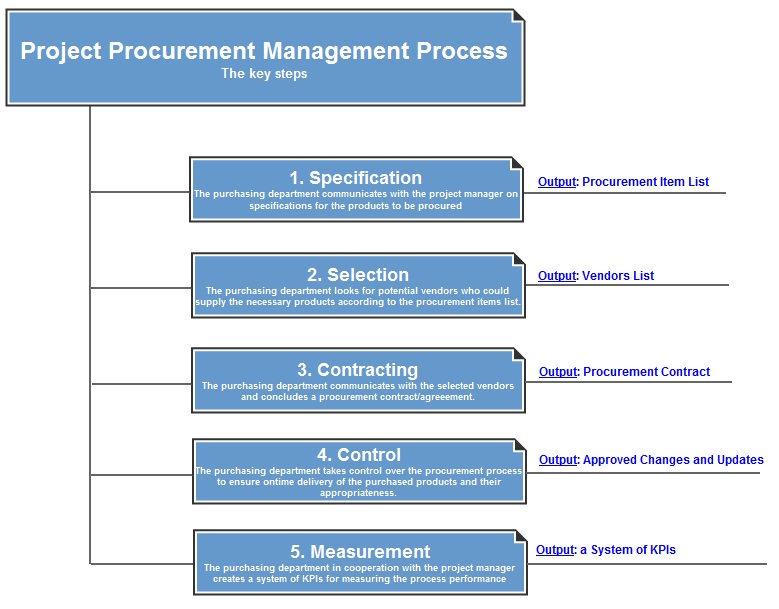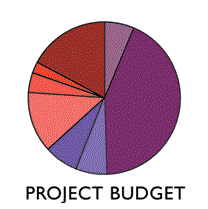Category: Project Implementation Guide
Effective stakeholder engagement planning is a necessary part of the project implementation process to identify the level of stakeholders’ influence on the project, state their intentions and develop a strategy for managing the overall engagement process. In this article we will talk about the key steps of stakeholder engagement planning. There are two key steps for engaging stakeholders in project implementation. Please view the descriptions of the steps below.
When a business organization decides on initiating a new project, it needs to define an approach to managing project benefits statement and also define how exactly to benefit from successful completion of the project. An approach should provide the organization with a clear explanation on why to start the project and what benefits should be delivered to meet the business needs. Project benefits statement requires investigation of the business needs and definition of reasons for project initiation. Managing project benefits allows the organization to find out how to benefit from the changes being put in place.
Managing project procurements and acquisitions requires the project manager to efficiently collaborate with the purchasing department on the process of planning and managing procurements. Project procurement management is a section of the implementation plan to determine how “the ordered products necessary for producing deliverables can be delivered on time and within the allocated budget”. Note that the “Procurement Management” section of the implementation plan will be necessary only for projects that have to deal with substantial buy-in of expertise or capital items. For any other projects where there is no high level of procurement expenditure it is enough to include a procurement item list and a vendors list in the project implementation plan
Developing the project budget is a process for allocating administered and departmental funds necessary to build a financial foundation for producing stated project deliverables. When we talk about the project budget and financial resources we mean the solid framework that helps project managers to deal with the “on budget” part of the project implementation process. This framework involves cost planning and control. For successful delivery of the project product, the project manager should effectively estimate costs, track expenditure over time and adequately react to situations when the financial resources are over-spent or under-spent, or there are opportunities for savings in the project budget.
When all the deliverables of the project are defined and the scope is clearly stated, the project manager needs to answer this question: How to make relationships between the deliverables and project work? A work breakdown structure (WBS) is the way to do this. A WBS creates links between the deliverables and their numerous components at all possible levels of project work. It serves as a foundation for planning and defining 100% of the work planned for completion.
















